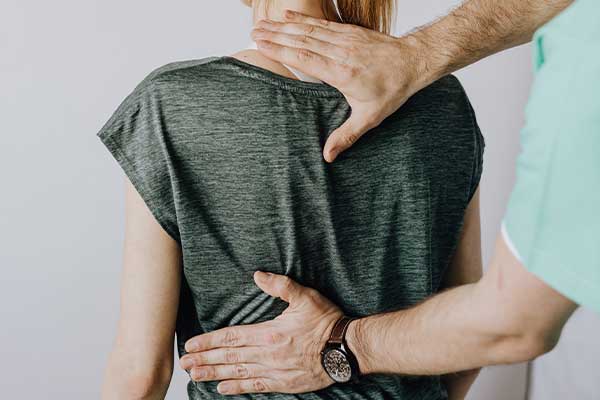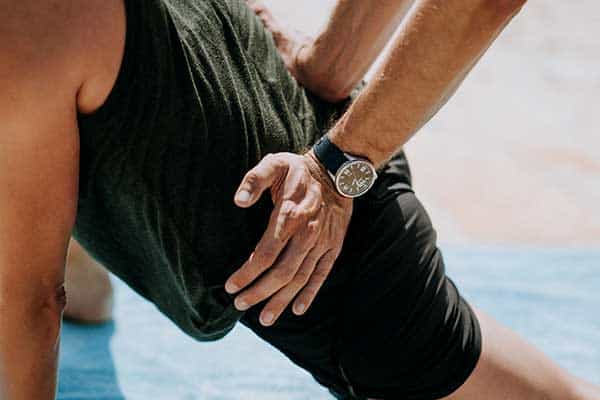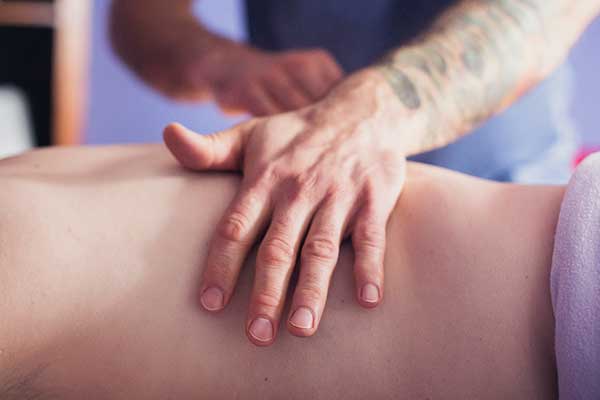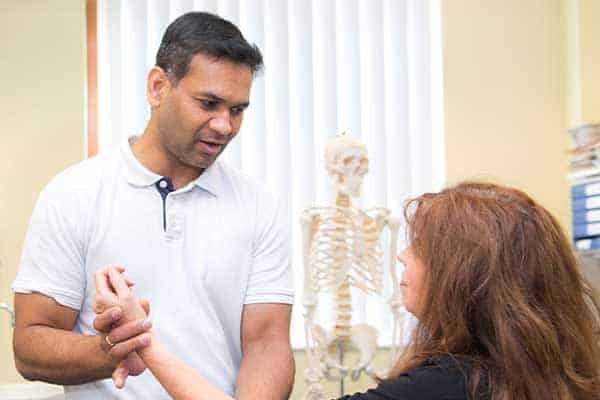What is osteoporosis?
Osteoporosis is a condition that affects around three million people, mainly women, in the UK. It happens when the meshes that form our bones become thin. This causes bones to become fragile and more susceptible to fractures. Osteoporosis does not mean that a bone will break, but it raises the risk of fracture.
Having osteoporosis does not cause pain in itself, but bone breaks do. Osteoporotic bones which break heal in the same way as for people without the condition, between six and eight weeks. However, osteoporosis means that bones may break more frequently.
Although fractures can happen anywhere in the body, the most common fractures are to the spine, hips and wrists – often as the result of a slip or trip.
The skeleton is a living, constantly changing part of our bodies. In childhood, while we grow, our skeletons take just two years to completely renew themselves. In adults this takes between seven and 10 years.
Bones usually stop growing between the ages of 16 and 18, but bone density increases until our late 20s. After the age of 35 bones density starts to gradually decrease as part of the ageing process. Women are especially at risk because bone density decreases rapidly after menopause.
There are lifestyle choices which can be made to help keep bones strong and mitigate the worst symptoms of osteoporosis.
- Diet plays a key role: wholegrain starchy foods, at least five portions of fruit and vegetables a day and plenty of fish (especially oily fish which contain vitamin D, a vitamin good for bones) all help contribute to stronger bones. Calcium rich foods are also important, and you should aim for the average recommendation of 400mg a day. Dairy produce, and even food such as curly kale and whitebait, are good sources of calcium.
- Try to cut down on foods with saturated fat, salt and sugar.
- Exercise is also important to maintaining stronger bones, and while it appears counterintuitive, weight-bearing exercise is good for people with osteoporosis. This is because bone is a living tissue and only becomes stronger when it is ‘exercised’. That is why weight-bearing exercise such as jogging can help to develop and maintain bone strength in the hips and spine, and weight training can achieve the same in the wrists.
- If you are new to exercise, or are doing it after some years of inactivity, check with your GP that your overall health is up to the challenge and choose something which you will enjoy and which fits with your lifestyle.
- One of the most effective ways to build bone strength are brief bouts of high impact exercise. An example is the way in which your heel strikes the ground when jogging which gives a beneficial jolt to the skeleton, especially the hips and spine. Running up and down an average flight of stairs gives 10 jolts on the way up and another 10 on the way down. Doing this five times a day will is likely to be positive for bone density, but only do it if you feel up to it.
- If you try to fit 30 minutes of some form of physical activity five times a week, not only will your bones become stronger, but you will feel better overall.
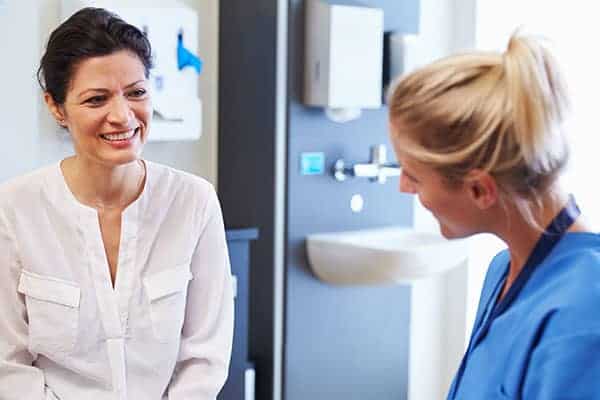
How to get referred
Find out how to get referred to Practice Plus Group MSK & Diagnostics for NHS treatment.

